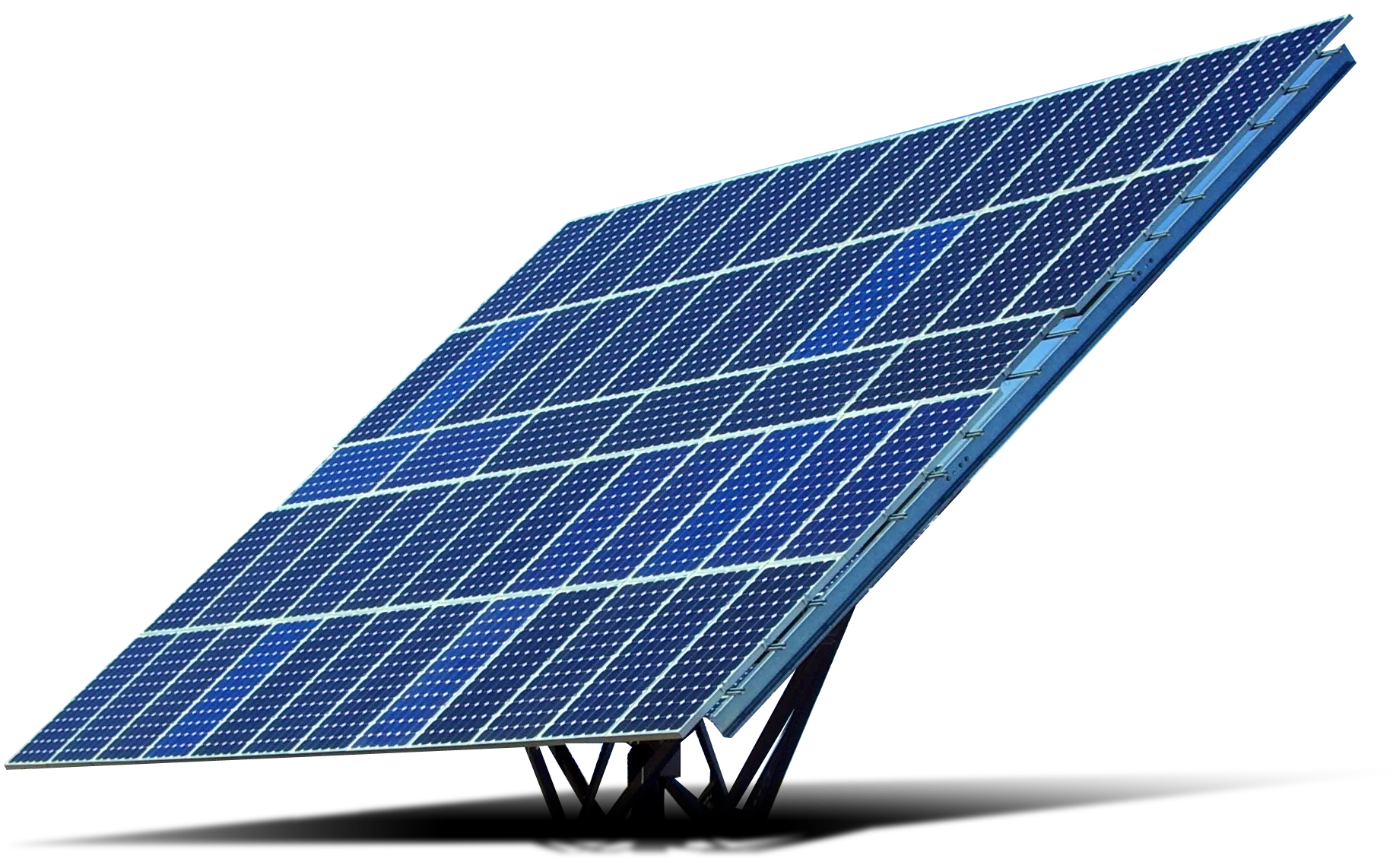The global push for cleaner, more sustainable energy has driven immense innovation in solar technology. Among the most exciting developments in recent years is the rise of perovskite solar cells—a next-generation photovoltaic technology that promises to revolutionize the solar industry with high efficiency, low production cost, and flexible applications.
The global push for cleaner, more sustainable energy has driven immense innovation in solar technology. Among the most exciting developments in recent years is the rise of perovskite solar cells—a next-generation photovoltaic technology that promises to revolutionize the solar industry with high efficiency, low production cost, and flexible applications.


Perovskite solar cells are a type of solar technology made using materials that share the crystal structure of the mineral perovskite (calcium titanium oxide). These materials are excellent at absorbing sunlight and can be manufactured more easily than traditional silicon-based solar cells. The key material used is typically a hybrid organic-inorganic lead or tin halide-based compound, which can be processed in a lab with simpler, cheaper techniques—such as printing or coating.
Perovskite cells have shown remarkable progress in efficiency in just over a decade. From a mere 3.8% in 2009, they have skyrocketed to over 25% efficiency in lab settings, competing with—and sometimes exceeding—traditional silicon cells.
Unlike silicon solar panels that require high temperatures and expensive purification processes, perovskites can be manufactured using low-cost materials and techniques such as inkjet printing and roll-to-roll coating. This could significantly reduce the cost per watt of solar electricity.
Perovskite solar cells can be deposited on flexible substrates, enabling the creation of ultra-lightweight panels. This opens up possibilities for wearable solar tech, building-integrated photovoltaics (BIPV), and portable power sources.
Perovskites can be layered on top of silicon cells to form tandem solar cells, boosting overall efficiency to more than 30%. This combination could become a commercial game-changer in solar technology.
Despite the potential, perovskite solar cells face some hurdles:

With global investment and academic interest surging, perovskite solar cells are on a fast track toward commercialization. Major companies and research institutions are developing stable, high-efficiency prototypes that are likely to hit the market in the next few years. In fact, some early commercial products like tandem solar cells and perovskite-silicon hybrids are already being tested in pilot projects across the world.